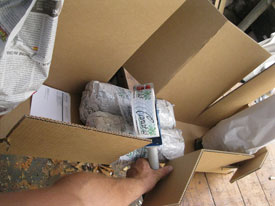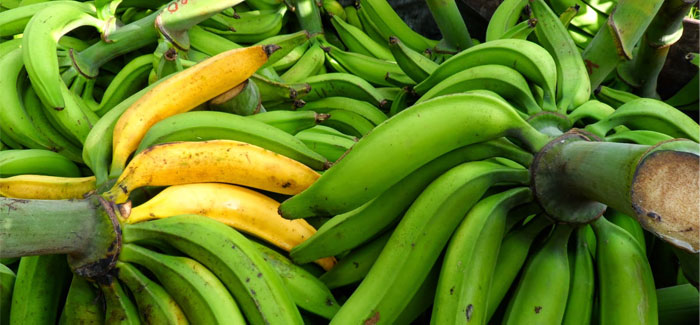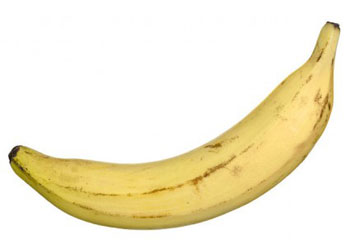The banana is an important source of food in rural areas of most tropical and subtropical countries. Curare enano is a dwarf cooking-plantain from Central America, with excellent fruit quality.
The Canary Islands
In Honduras, Curare enano is the second most cultivated fruit and it’s available all year round. However, as we have already mentioned in the past, thanks to the subtropical climate of the Canary Islands, at Canarius we also have Musa “Curare enano” – Dwarf Cooking Plantain.
Also, the variety of Curare enano plantain is found mainly in Guatemala, Costa Rica, Panama, Dominican Republic, Ecuador and Colombia, where it’s exported all over the world.
The preferred method for consumption is normally fried, but it can also be baked or boiled. In addition, it’s ideal for making patacones or plantain chips.
Some features of this banana
The plant normally doesn’t exceed two and a half metres high, making it less susceptible to wind damage. It also requires a low dose of water for production and is quite easy to grow.
A Curare enano is harvested nine months after planting and yields between 35 and 40 bananas per cluster. It’s advisable to keep them in greenhouses when you want to grow them in areas that aren’t of a tropical or subtropical climate.
These types of advantages are part of the great current business opportunity regarding the Musa “Curare enano” on the international scene. Although good agricultural practices are also crucial for providing good yields of this variety of banana.
Alluding to these banana leaves, often have wavy blades. This is not a disease or disorder but it is typical of this dwarf cultivar, a difference in morphology just like its dwarfness.
What do we ship?

We ship a stout rooted sucker, not a potted plant. You will receive it with the corm wrapped in a bag with moist sphagnum or perlite. In spring, suckers may not have roots. In this case, suckers are easy to root if temperatures are kept between 20 and 30º C.

















